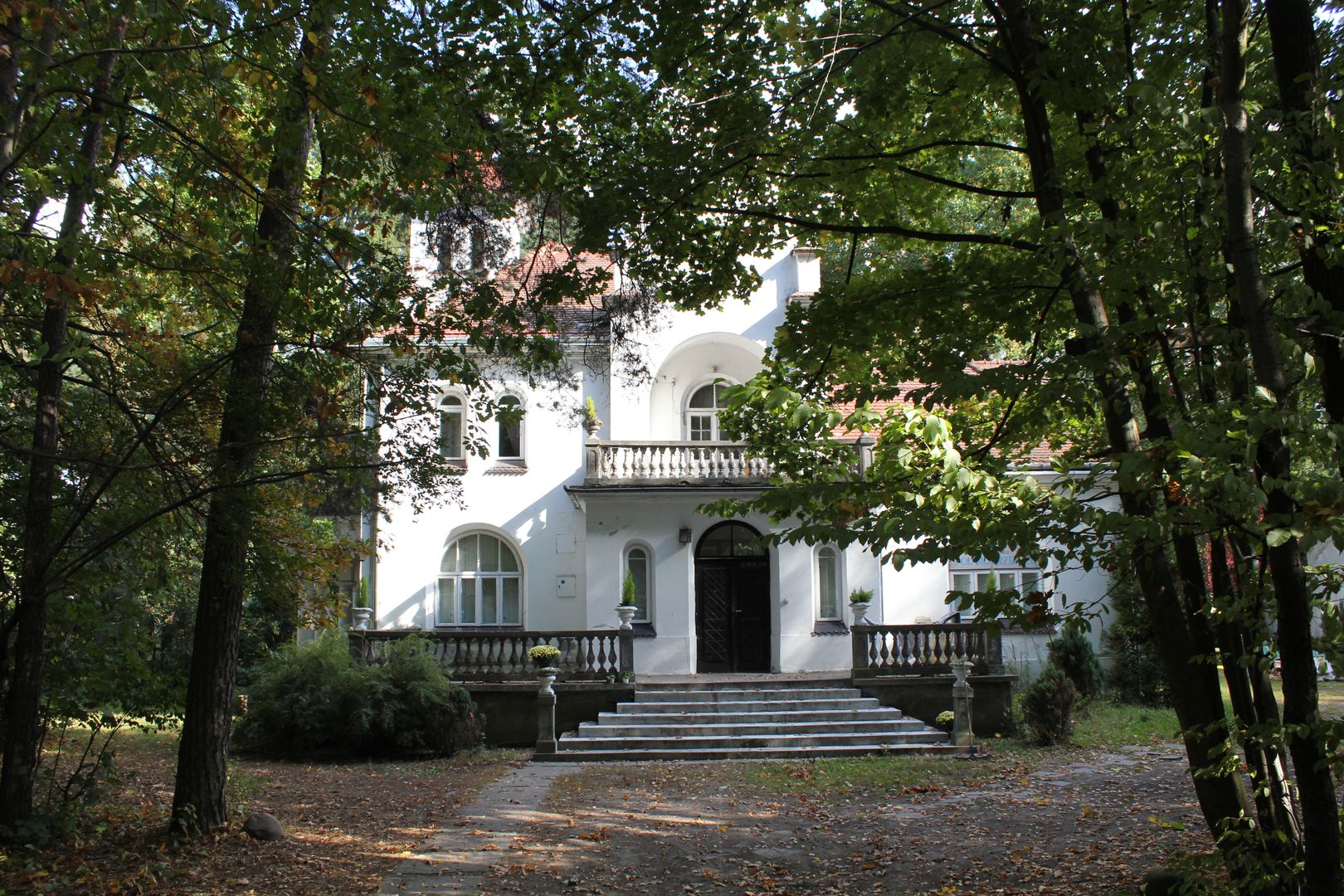Horseshoe Grove
6.34

Overview
Podkowa Leśna, known as a "garden city," is a picturesque town in the Masovian Voivodeship, within the Grodzisk County, and part of the Warsaw agglomeration. The town was founded on April 9, 1925, when the "Miasto Ogród Podkowa Leśna" company was established on the initiative of Stanisław Wilhelm Lilpop and the "Siła i Światło" conglomerate. The unique urban plan, designed by Antoni Jawornicki, is based on concentric avenues centered around the railway station. In 1981, Podkowa Leśna was entered into the register of historical monuments, which led to conflicts with the municipal authorities. During World War II, Podkowa Leśna became a refuge for Jews and refugees from Warsaw, as well as a command center for the Home Army, earning it the nickname "Little London." After the war, the town gained settlement rights in 1957 and city status in 1968. Father Leon Kantorski, the parish priest of St. Christopher's Church, played a significant role in the town's history by organizing opposition activities in the 1980s. Today, Podkowa Leśna is known for its beautiful nature reserves, pre-war villas, and forested character. The town attracts tourists with numerous attractions, such as Linden Avenue, Lilpop's Hunting Lodge, and the Stawisko Villa, which houses a museum dedicated to Jarosław Iwaszkiewicz. Podkowa Leśna has well-developed transportation links thanks to the Warsaw Commuter Railway, making it easily accessible for residents of Warsaw. In terms of cultural context, religious communities are significant, including the Seventh-day Adventist Church and the Roman Catholic parish. The town is a member of the Union of Polish Towns and the Suburban Garden Tri-City. Honorary citizens of Podkowa Leśna include talented individuals who have contributed to its development. The architecture of Podkowa Leśna, with its villas and ancient trees, along with its rich historical and cultural heritage, make it a unique destination on the map of Poland.
Location
You can also find here:
2025 Wizytor | All Rights Reserved
